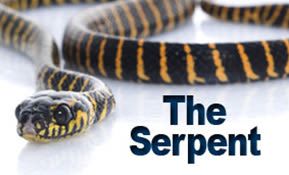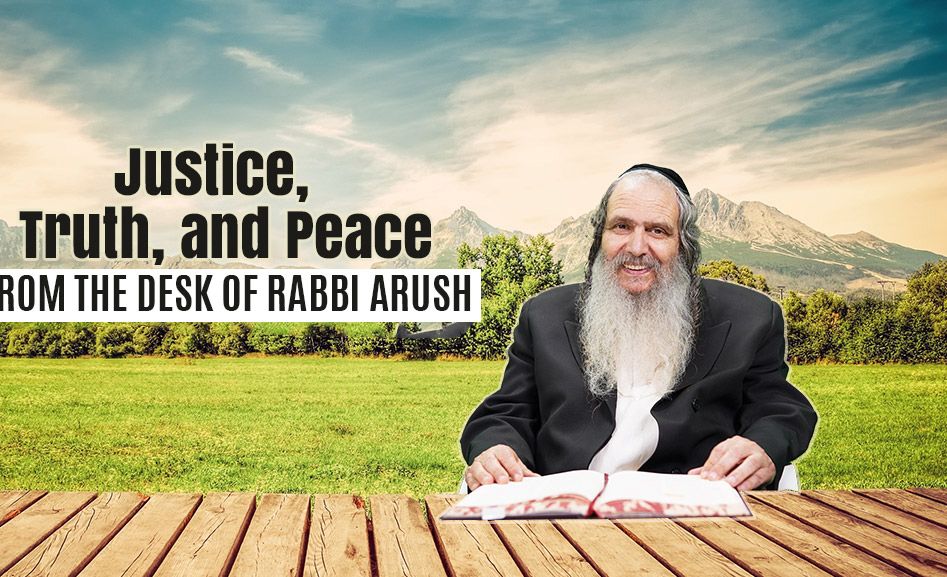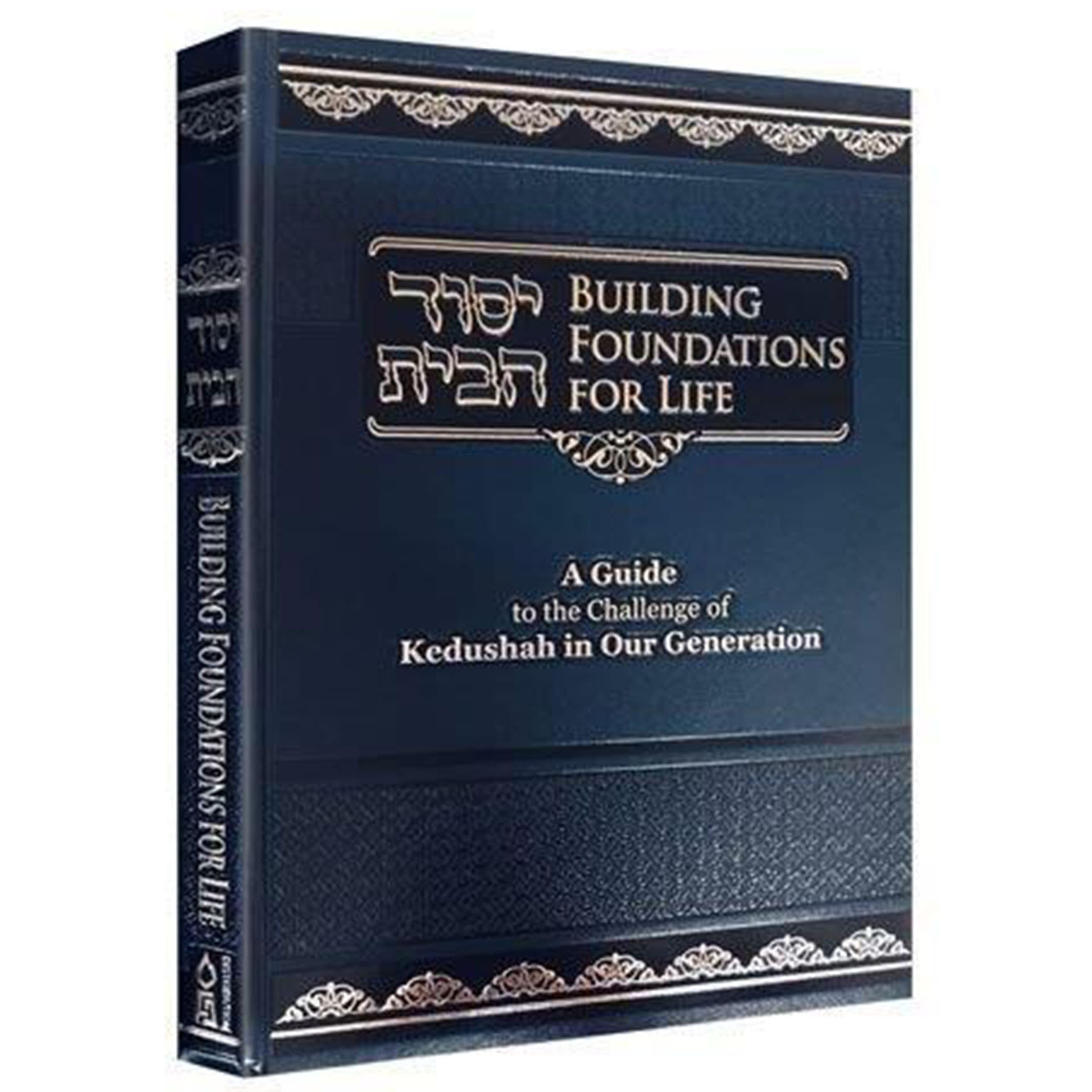
The Butterfly
The old man contemplated the whole episode of the cocoon. "What did I do wrong? Maybe I shouldn't have interfered by trying to help that beautiful...

A compassionate and merciful old man lived alone in a cabin up in the hills. He loved all of HaShem’s creations, from large to small, flora and fauna, to the tiniest insects.
One day while strolling through the woods, the old man found a cocoon. Feeling lonely, he decided to take the cocoon home to observe its beautiful transformation from a funny little cocoon to an exquisite butterfly.
Carefully, he placed the cocoon on his kitchen table, and watched over it for days. Suddenly, on the seventh day, the cocoon started to move. Its movements were frantic, as if it were struggling for its life. The old man’s heart was breaking, watching the little butterfly inside the cocoon fighting to survive, as if it were about to suffocate. He watched it struggle and struggle! He could no longer stand seeing the grueling ordeal. It looked as if it was dying; he had to save it! So, rushed to its aide with a surgical scalpel and gently slit the cocoon so the butterfly could emerge.
Just one slash of the scalpel was sufficient; the butterfly broke free from its cocoon only to collapse into a completely motionless state.
The old man did not know what to think. Had he accidentally killed the little butterfly? No, it’s still showing ever-so-faint life signs; he noticed a tiny movement of the butterfly’s undeveloped, weak, and shriveled wings. Could it be sick?
The old man was perplexed. “What should I do?” he asked himself. He felt so sorry for the little creature that he decided the best thing he could do for it was to place it gently back into its cocoon. He did so, and placed a drop of honey on it to seal the cocoon, leaving the butterfly to nestle in its natural state.
The next day, he noticed that the cocoon was moving again. He clapped his hands in joy. The cocoon wiggled and vibrated, while its tiny inhabitant renewed the struggle from before. Just when its situation seemed hopeless, that it would be trapped for life or choked to death in the cocoon, it broke free. One charming wing emerged, adorned with all the colors of the rainbow; the second wing followed suit. Once outside the cocoon, it stretched its magnificent wings as if it had awoken from a night’s slumber.
With wings extended, the newborn butterfly looked to the right, then to the left, and as if it had permission to take off from the control tower, it flew right out of the old man’s open window, elegantly yet strongly. Its wings were a marvelous sight to behold. The old man’s heart overflowed with gladness. The butterfly flew and flew till it was almost out of sight. “Ah, what a joy!” he exclaimed.
The old man contemplated the whole episode of the cocoon. “What did I do wrong? Maybe I shouldn’t have interfered by trying to help that beautiful little butterfly break out of its cocoon at first…”
The old man walked into town. He entered the public library, and read everything he could about butterflies and cocoons.
On page 234 of a 1,200-page entomology textbook, the answer appeared. The butterfly must struggle while inside the cocoon. The grueling ordeal of metamorphosis is a critical stage of its development. Inherently, it must overcome hardship in order to assure its future vitality, strength, and beauty. Without the developmental struggle, the butterfly becomes weak and sickly; ultimately, it cannot survive.
The old man was shocked, saddened, and somewhat relieved. He suddenly realized that there’s a good reason not to try and help a butterfly out of its cocoon. What looks to an unsuspecting onlooker as help and compassion is actually none other than a death sentence. He understood that by his perception, it appeared that the butterfly was having a hard time. But in actuality, it was only doing what it had to do!
The moral of the story – don’t interfere!
* * *
A young married couple is just like the two wings of a butterfly. They often have to struggle when emerging from the selfishness of bachelorhood, for correcting and refining character is certainly not easy. Rav Shalom Arush stresses that without the trials and tribulations of marriage, one will never free oneself from the inherent human egotism and arrogance that makes serving HaShem impossible.
Rebbe Nachman of Breslev emphasizes that marriage is a union of two opposites; we make peace by connecting those two opposites.
Trials and tribulations help build a strong relationship. Initial difficulties in marriage are perfectly normal. Overcoming the difficulties and learning from our mistakes are what make a marriage strong.
Oftentimes, well-meaning parents observe their children’s initial difficulties in marriage, and their hearts break. The overprotective parent can’t stand to see his or her child suffer. They intervene, wanting to help their son or daughter break out of the cocoon of initial marital adjustment. Yet, instead of building, they destroy. When parents intervene, problems of insect proportions become crises the size of an elephant. Although one can’t accurately estimate, from my experience, a formidable percentage of broken marriages can be traced to well-meaning parental intervention.
The young couple should also realize that they should never run to mommy or daddy with any kind of complaint about their spouse. Such complaints will be magnified way out of proportion and will often trigger a feud between in-laws. Patching up a spat between husband and wife is relatively easy; attaining a ceasefire between two belligerent clans is virtually impossible. Therefore, if a young couple needs to talk, then they should share their feelings with a trusted spiritual guide or marital coach only.
The butterfly becomes strong and beautiful by virtue of its struggle out of the cocoon. A married couple, in like manner, develops a sturdy, lasting, and beautiful union by coping with the challenges that a young relationship faces. Please – all parents with good intentions – don’t interfere! Even if the cocoon looks ugly and suffering, soon – in its own good time – it will be an exquisite butterfly.
Disqualifier: This series is designed as food for thought and to provide practical guidelines for emotionally healthy people who are either married or contemplating marriage. It is not a substitute for the professional help required in situations of extreme emotional impairments and/or disturbances.







Tell us what you think!
Thank you for your comment!
It will be published after approval by the Editor.